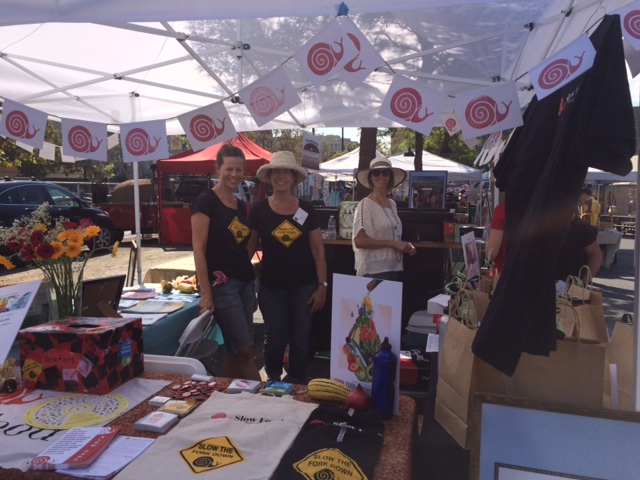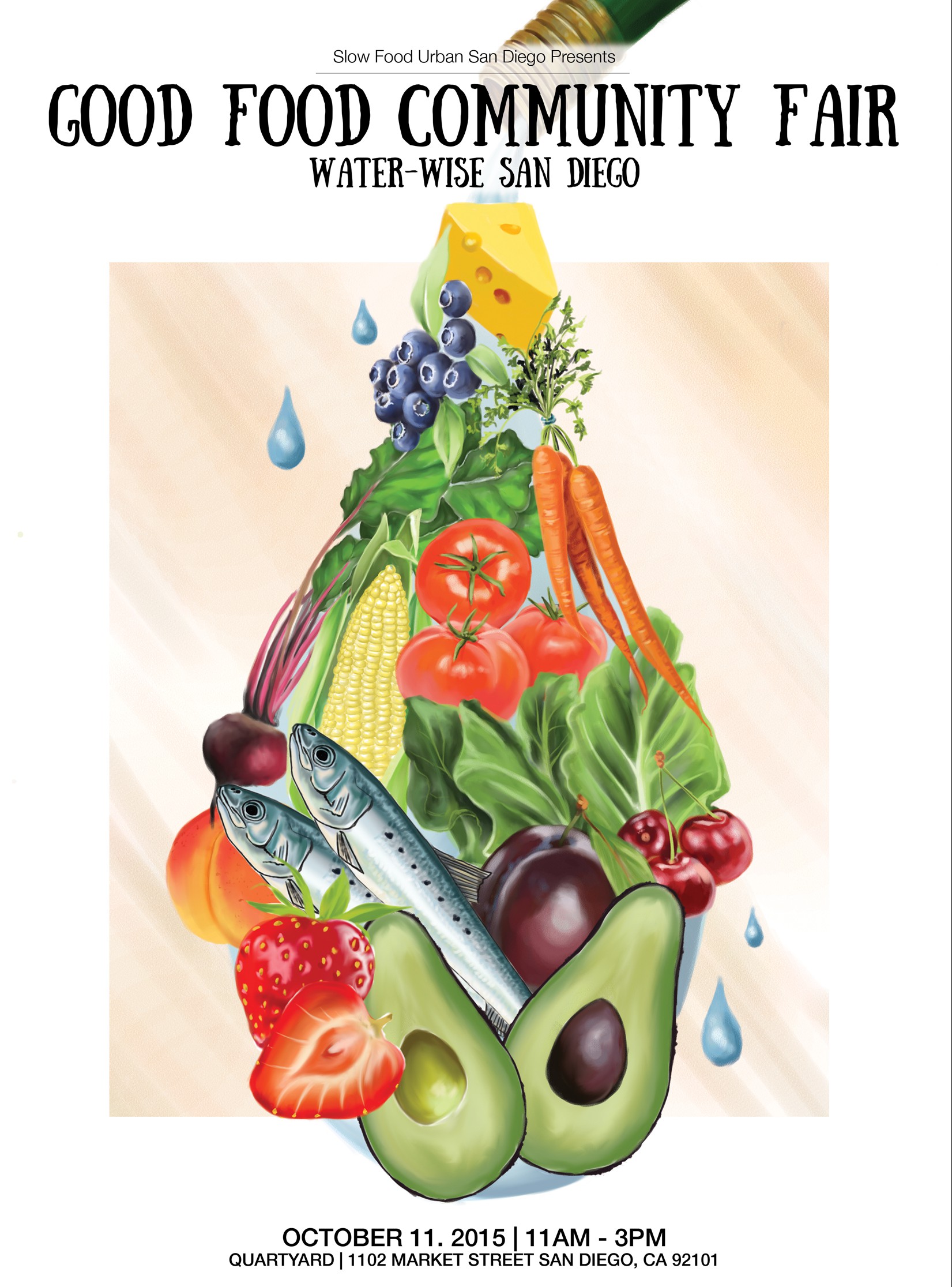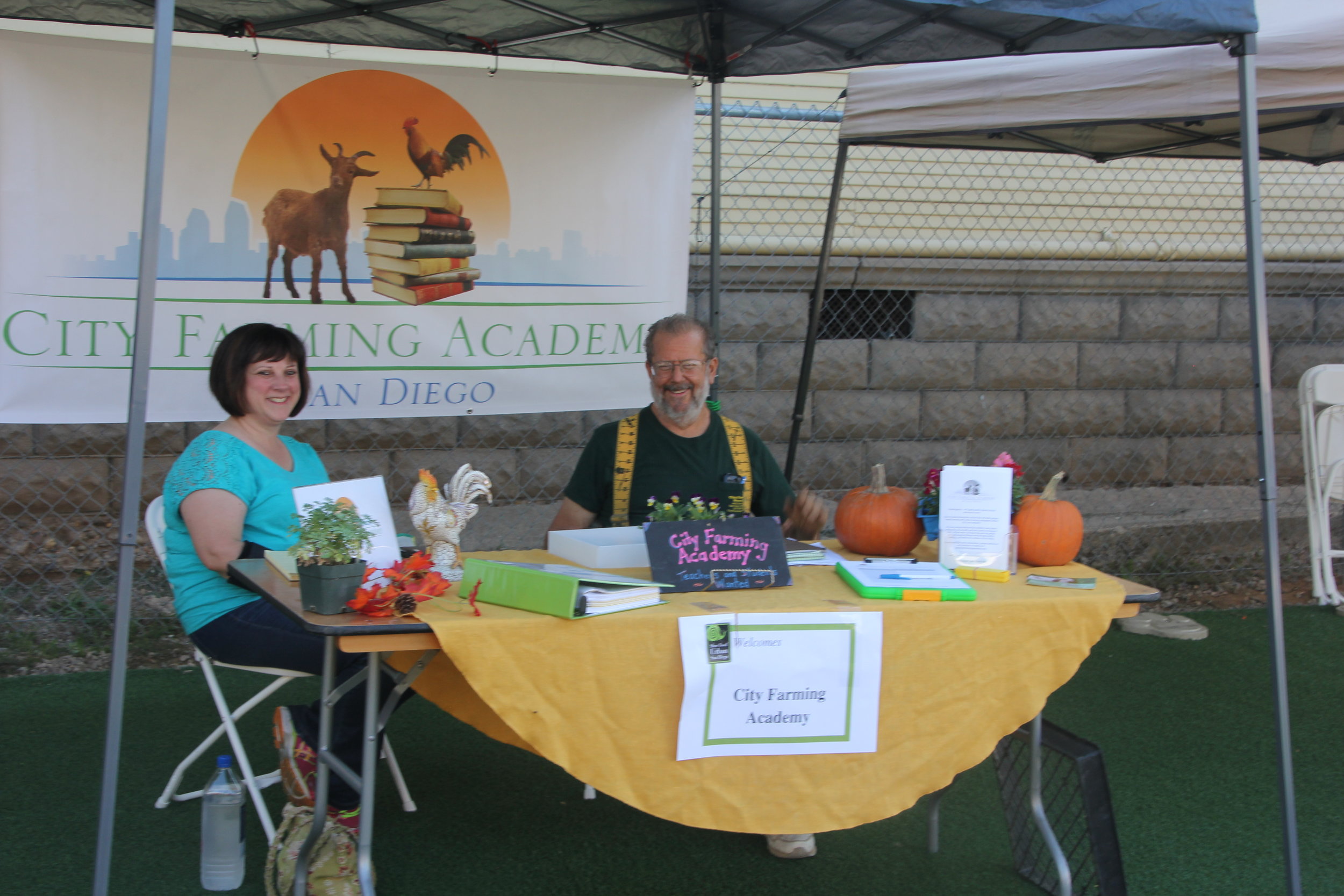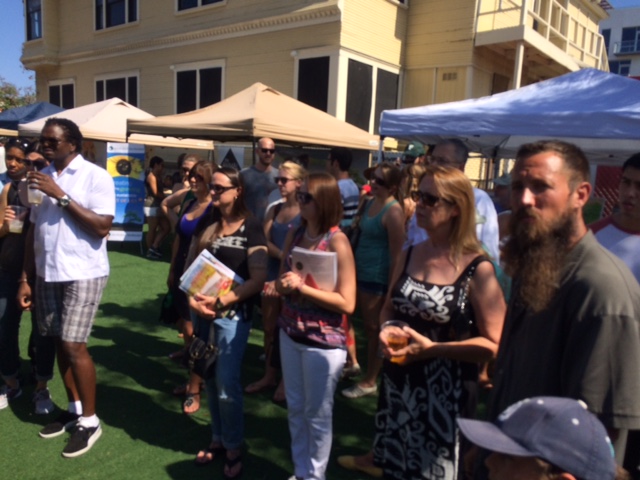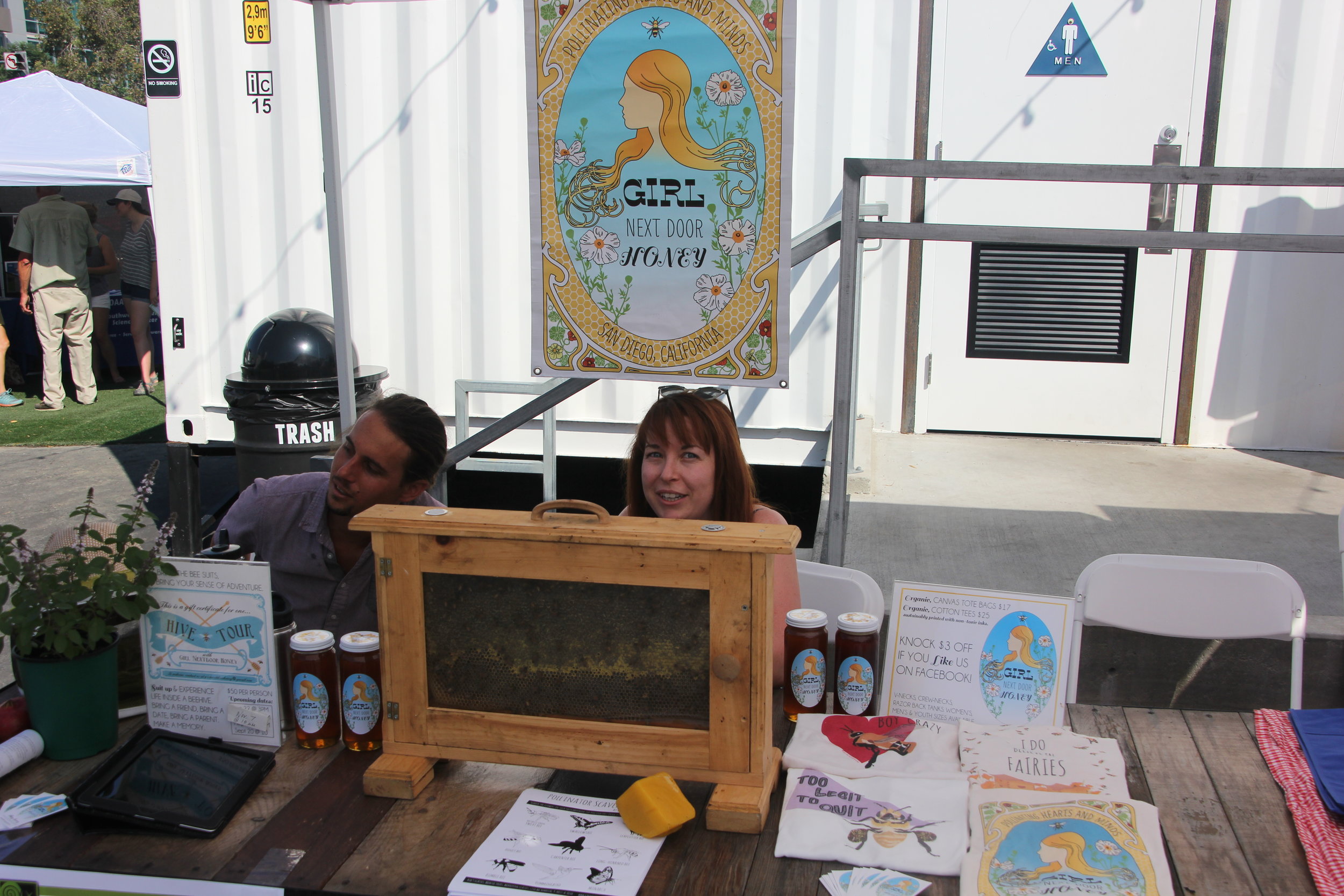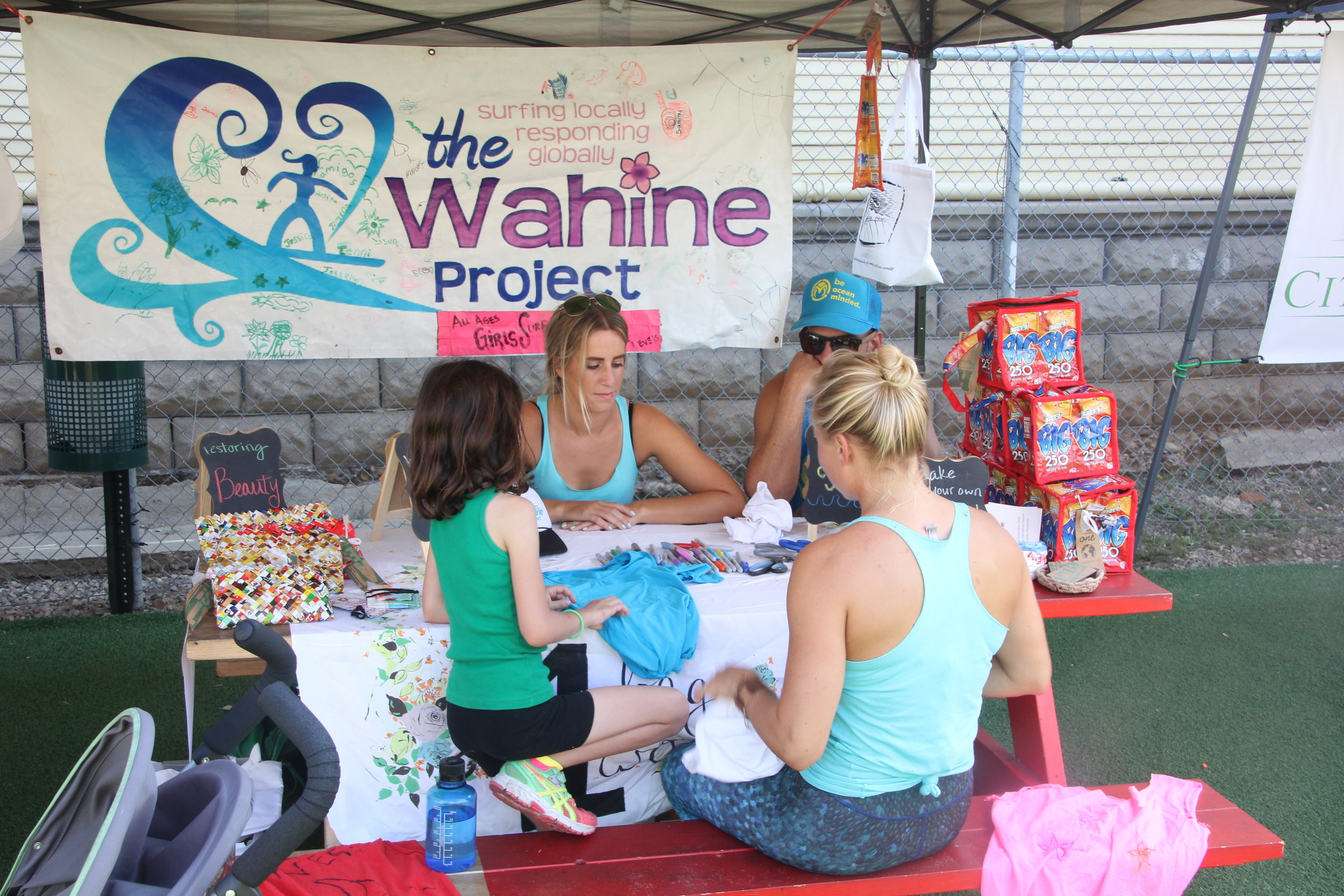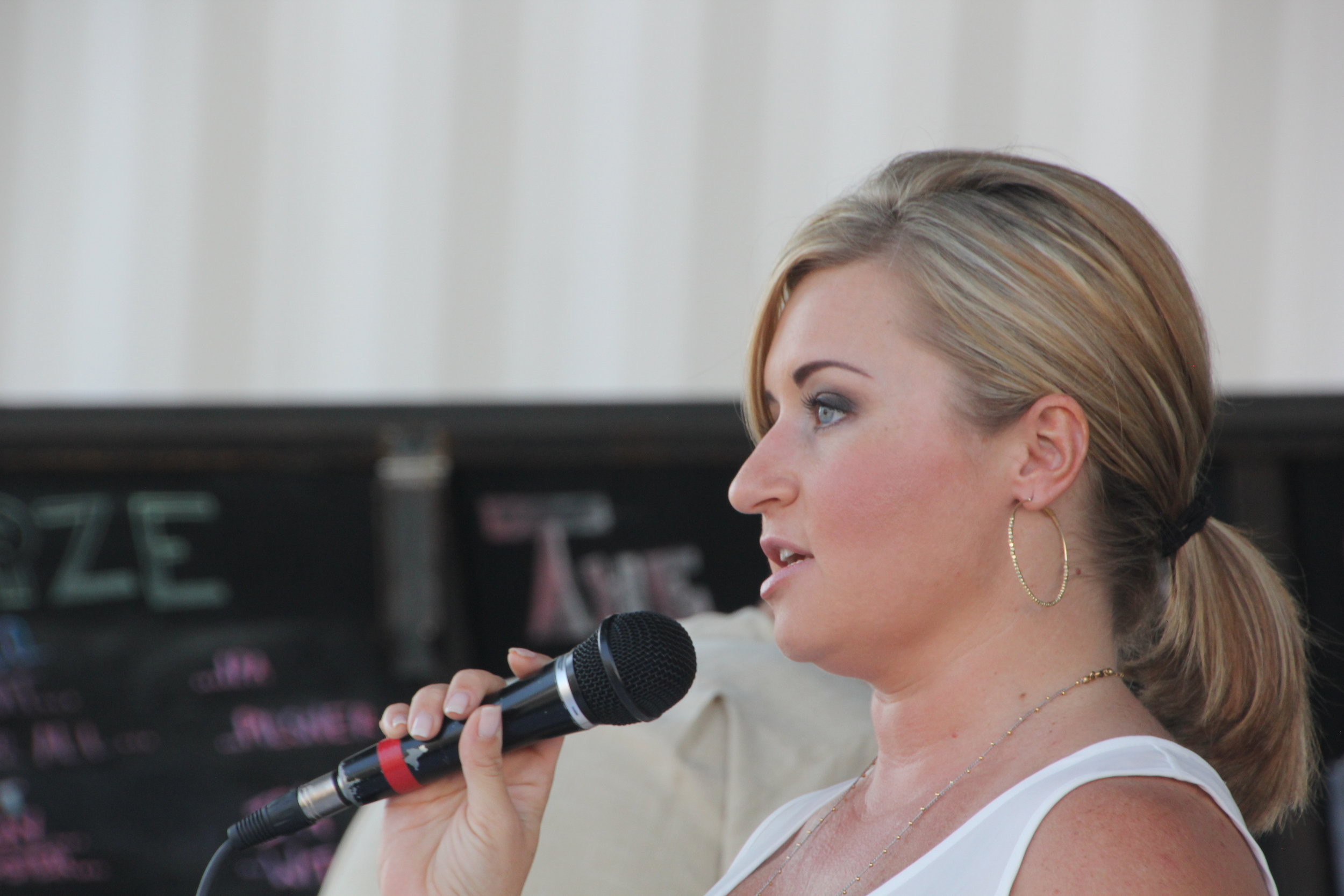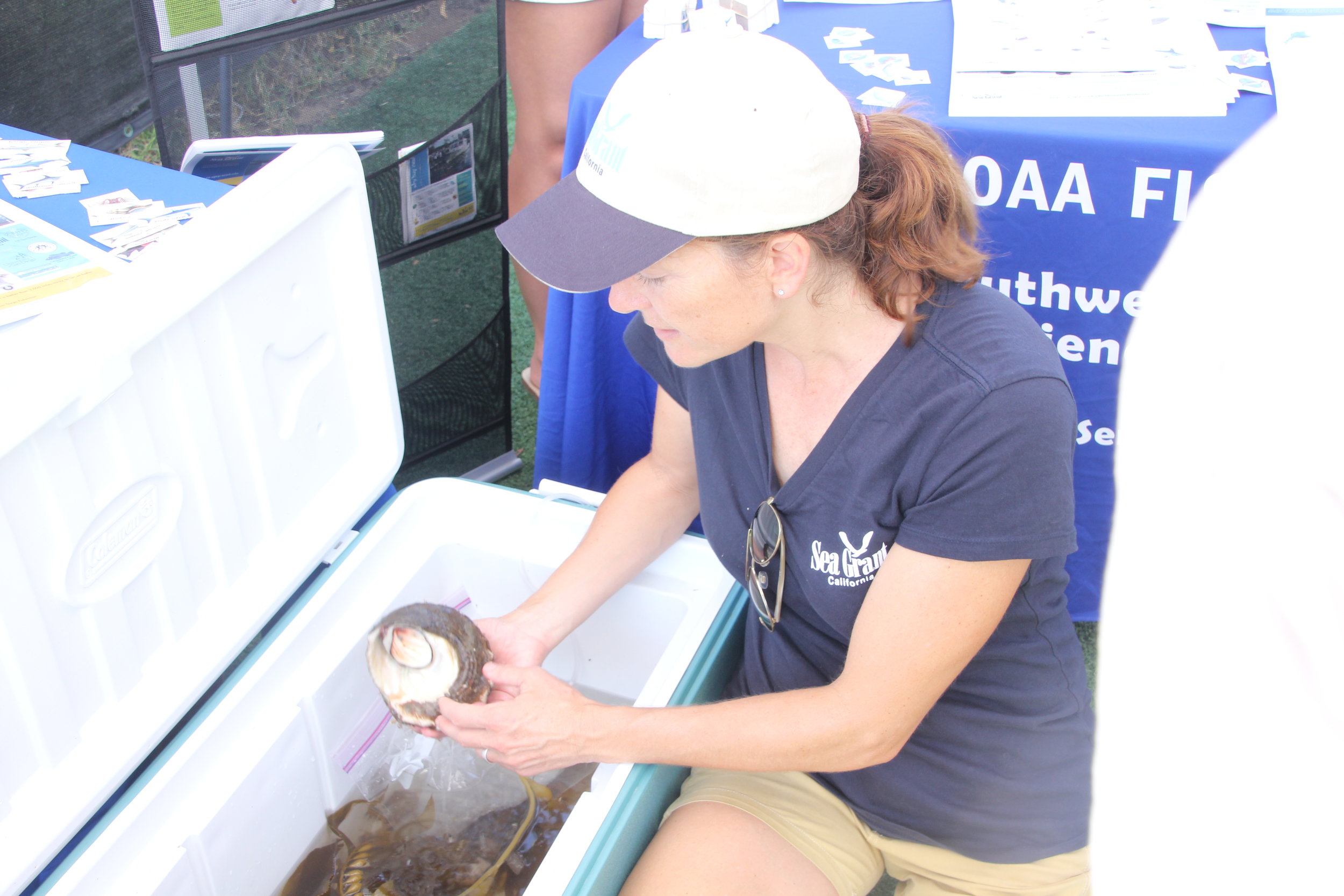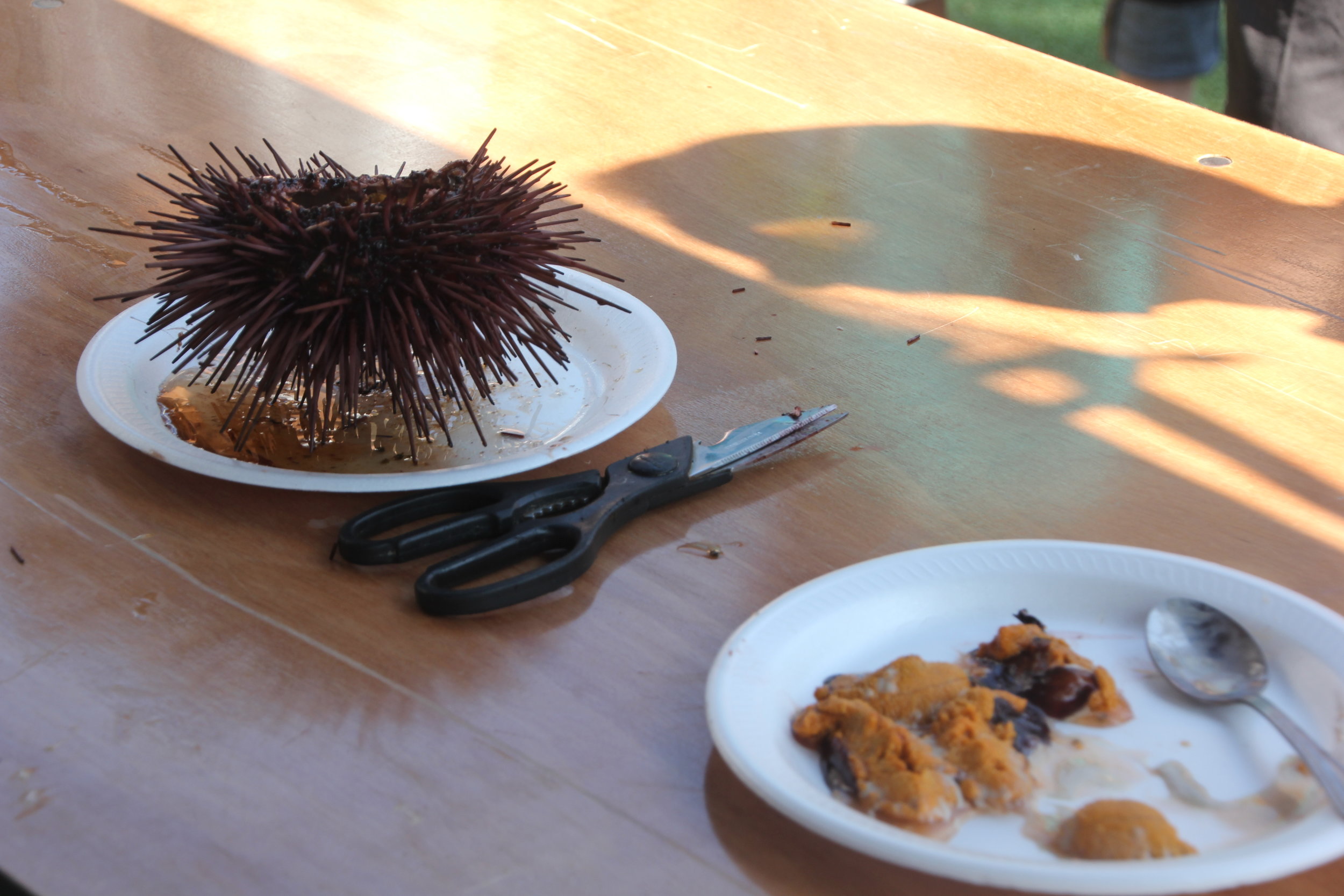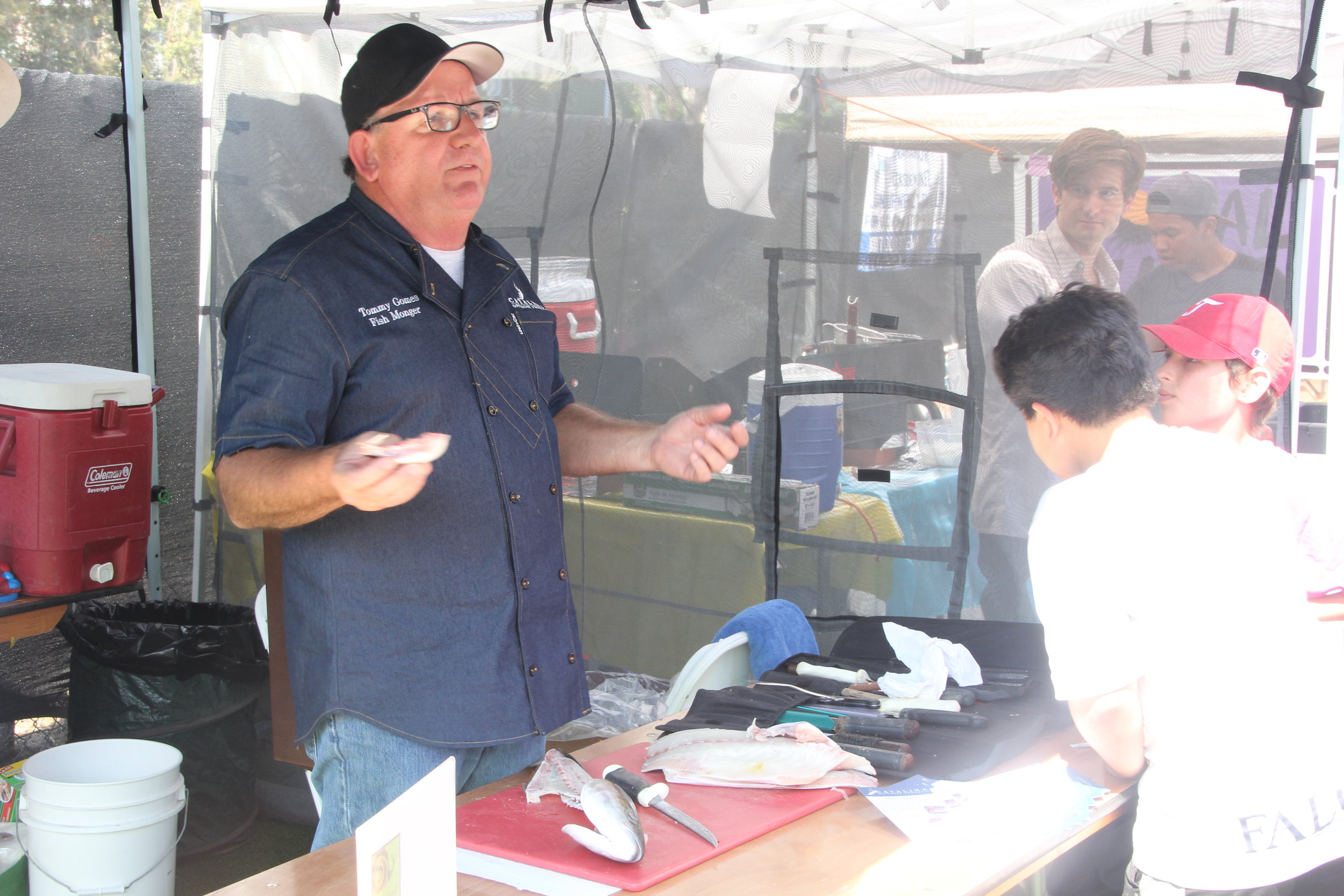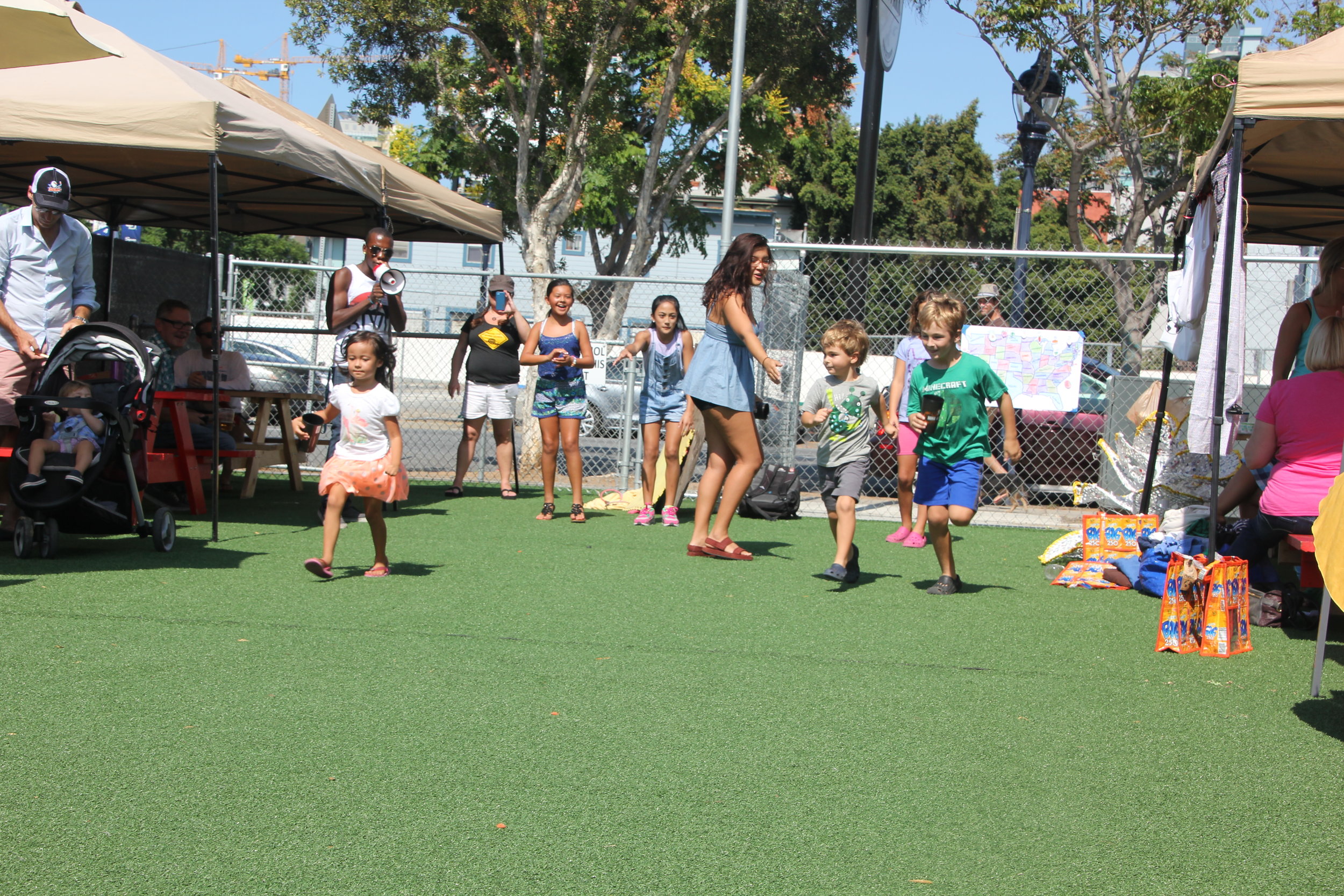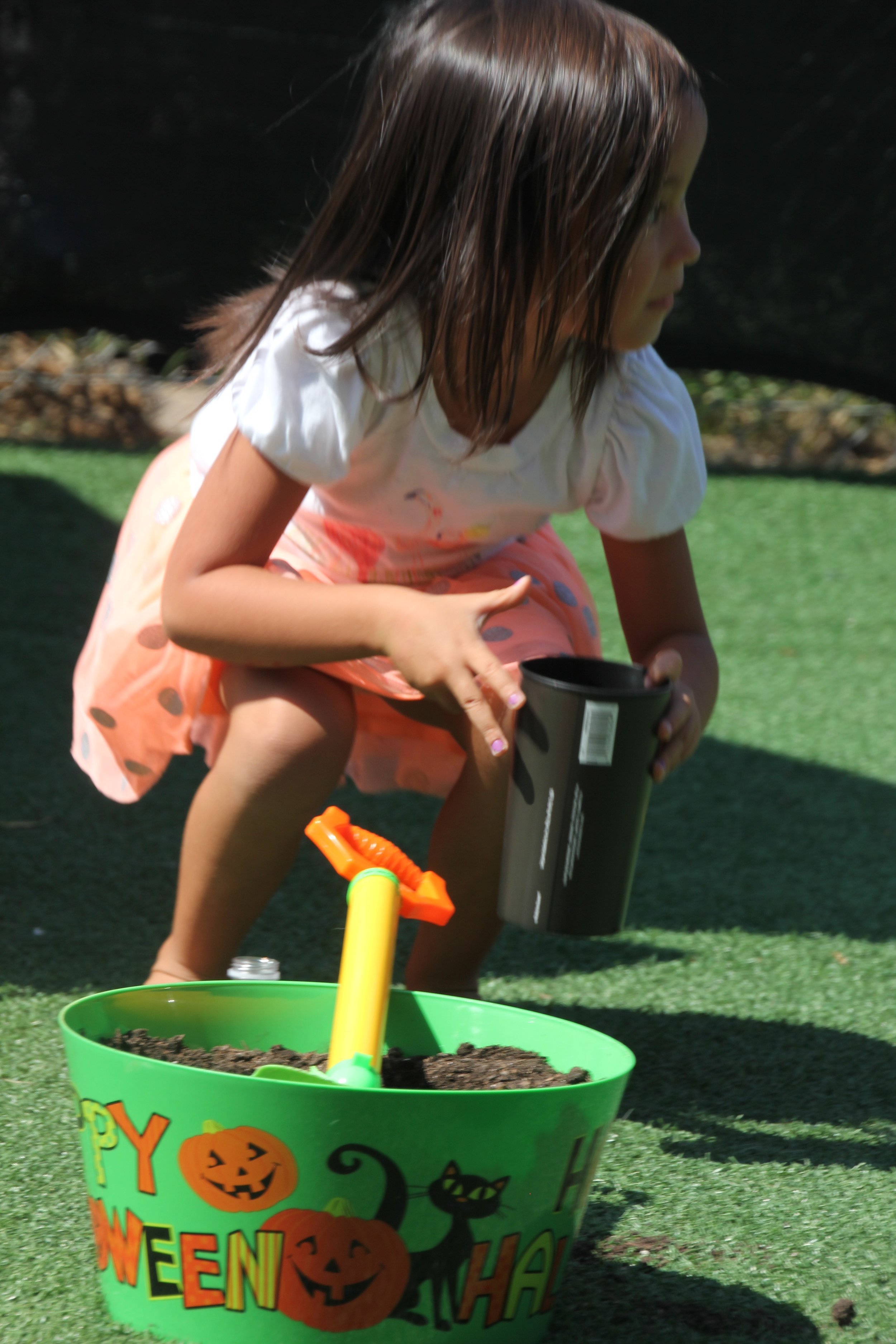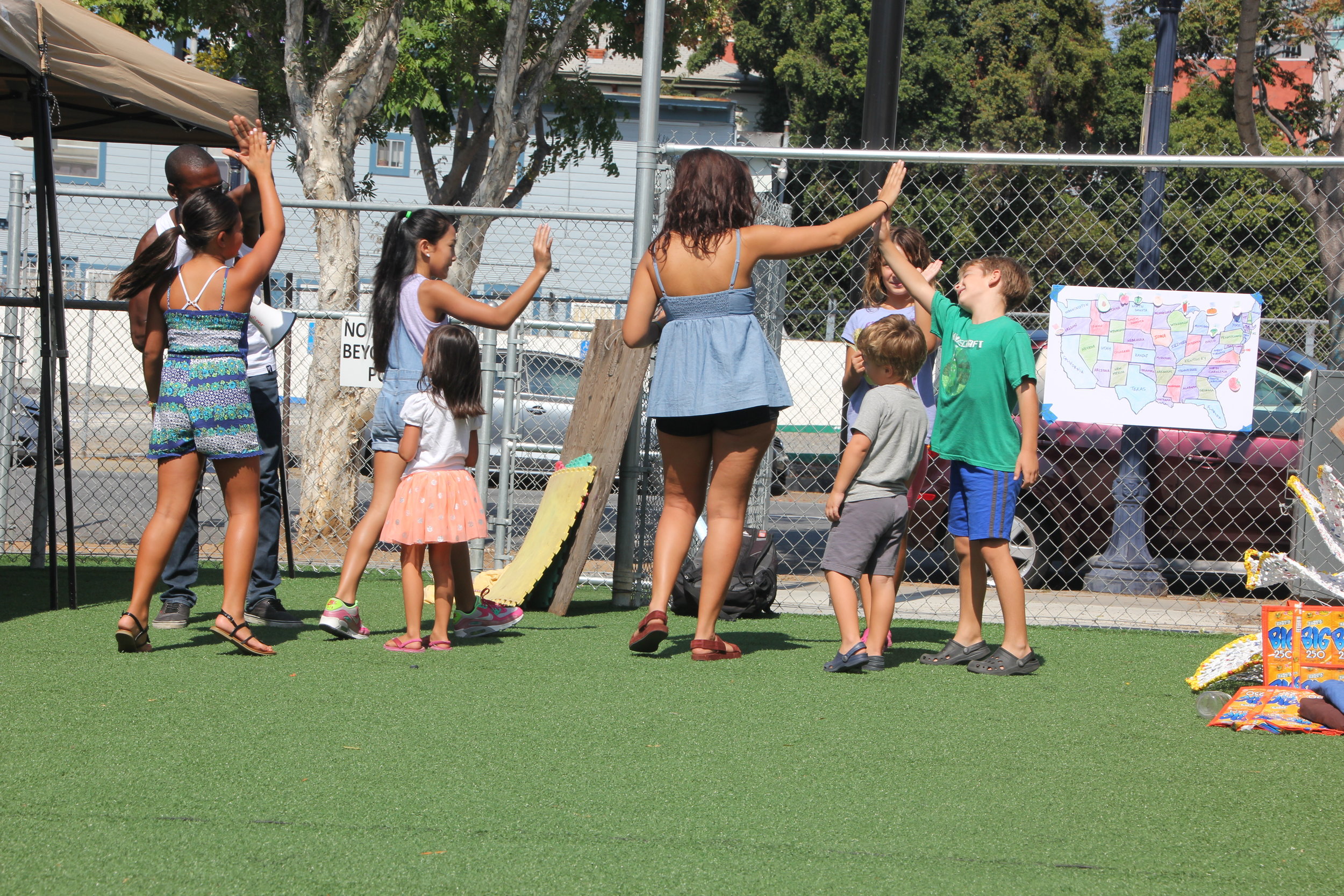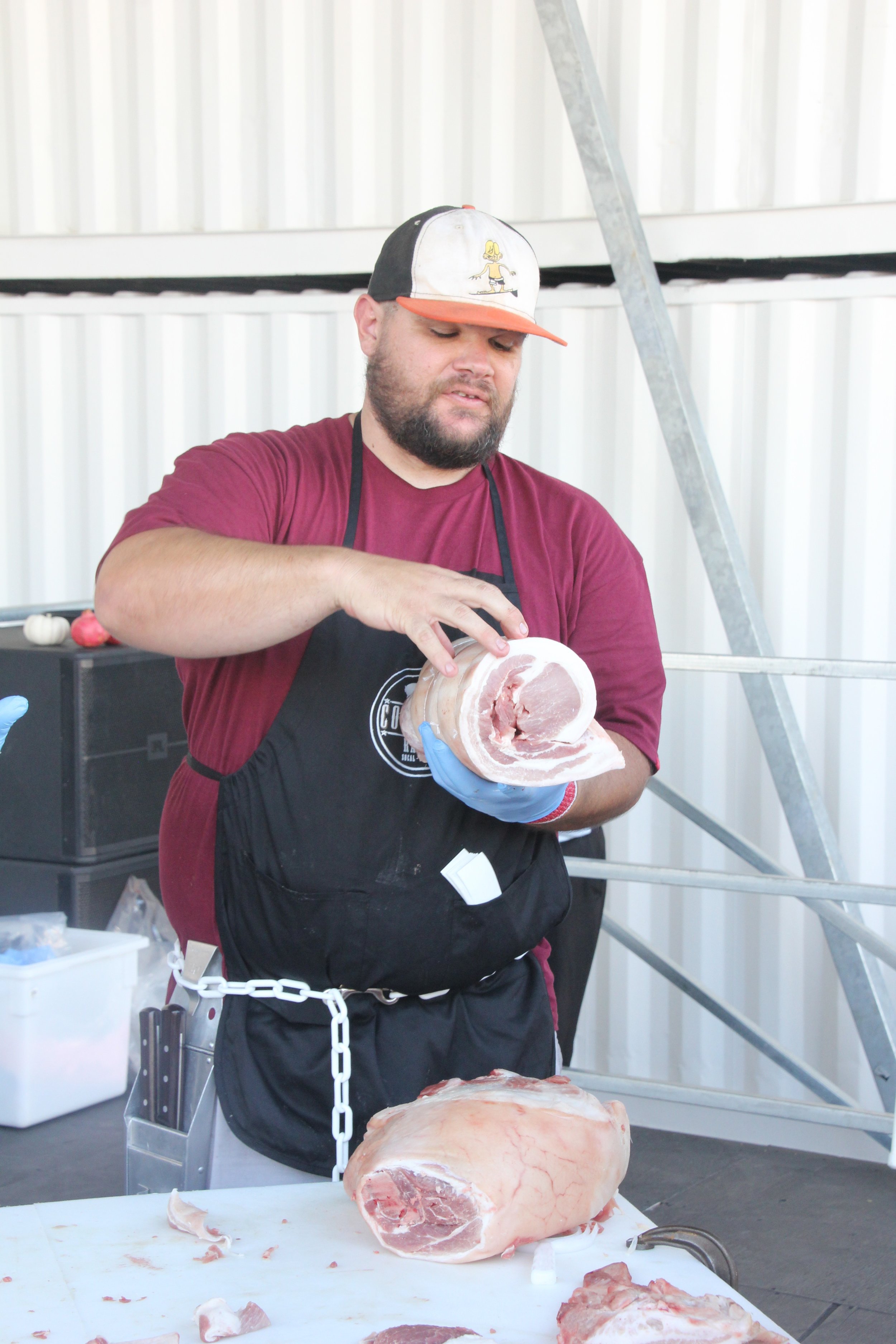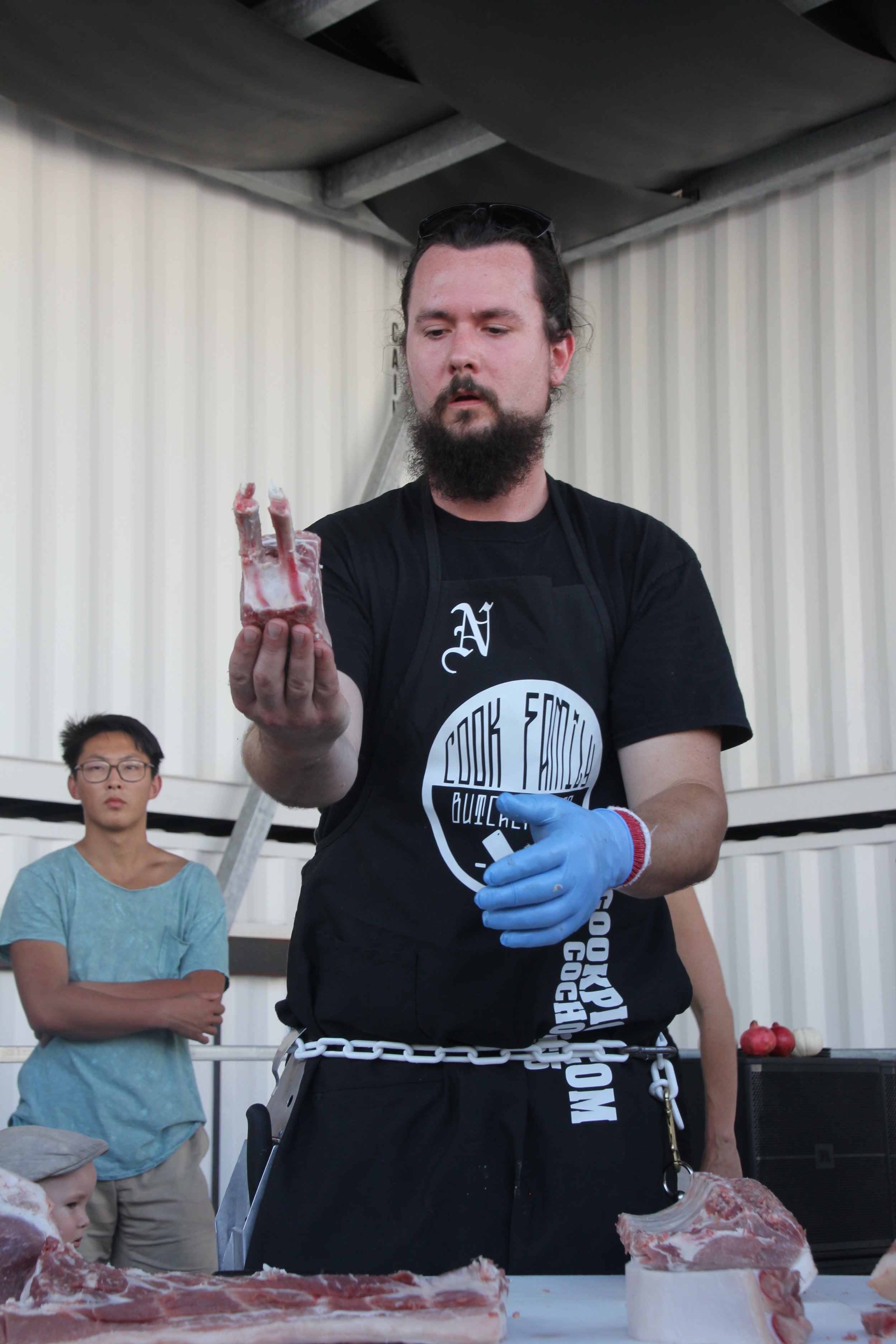The times challenge us. Slow Food Urban San Diego is grateful for our community - you uplift us in times like these and help to ground us in others. Thank you for your important contributions to our Good Food Community Fair: True Cost of Food and to our local food system. Thank you for sharing your wisdom, skills, knowledge, sense of hope, resiliency, successes, humor and delicious food and drinks.
This year's Fair celebrated how we are addressing the True Cost of Food in our region and acknowledged the work we have yet to do.
We discussed the true cost of food and farm labor, sustainable seafood, wasted food, soil health and land management, preserving cultural traditions and more. Thank you for sharing your stories and local treats, for teaching us about heirloom seeds and gyotaku, how to prepare "three-sisters," and how to connect to our farmers and fishermen and support healthy food systems. Slow Food looks forward to continuing the effort with you, our community. Thank you to all who contributed and volunteered, and all who attended, and to the WorldBeat Cultural Center for being our gracious host.
We're grateful to our generous sponsors who made it possible to charge only a "suggested donation," so that we can truly bring the Slow Food mission of good, clean and fair food to ALL. Creating opportunities to connect that are accessible is important to us.
Thank you to all who attended and partook of this community event. If you missed this year's good, clean and fair food fun, you can catch the next one in 2018. And of course, you can find us planting, eating, learning, teaching, connecting, cooking and expanding community with our partners in the meantime.
From all of us at Slow Food Urban San Diego, eat well, grow well, and be well.

 We'll restart our seafood Saturdays tastings in 2017! Stay tuned!
We'll restart our seafood Saturdays tastings in 2017! Stay tuned!
 Sheephead Recipes
Sheephead Recipes









